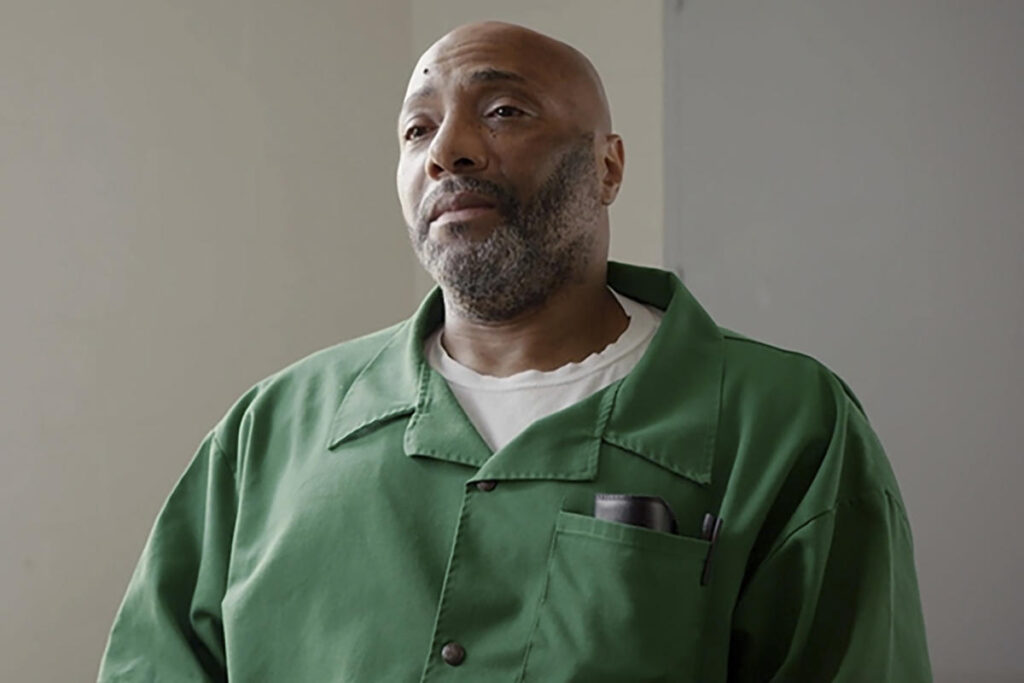Richard Moore faces execution by lethal injection on Friday for the 1999 shooting of a convenience store clerk, James Mahoney, in South Carolina. Scheduled to die at 6 p.m. in Columbia, Moore’s impending execution represents a critical moment for him, as he seeks clemency from Governor Henry McMaster. Historically, McMaster is up against a backdrop of 44 previous executions in South Carolina, none of which elicited a clemency grant, despite similar appeals being granted in other states. Moore’s attorneys argue that his life should be spared, citing substantial support from various individuals, including jurors who condemned him, former correction officials, family members, childhood friends, and religious leaders, all stating that Moore has undergone significant personal change during his time in prison.
The context surrounding Moore’s case reflects broader issues with the death penalty in South Carolina, which has experienced a 13-year hiatus due to various obstacles, including difficulties in obtaining lethal injection drugs. The state’s approach to the death penalty has been fraught with controversy and ethical debates, particularly as Moore would be only the second person executed since the resumption of the death penalty. The logistical matters concerning corrections and potential executions suggest that the state plans to continue executing inmates in a systematic manner, raising questions about the fairness and humanity of such processes.
In recent statements, Governor McMaster indicated that he is thoroughly reviewing the clemency requests but is unlikely to announce his decision until moments before the execution, a customary practice that underscores the serious and tense nature of timing in death penalty cases. Moore himself has expressed deep remorse for the crime he committed, acknowledging the tragic destruction he caused to Mahoney’s family. His genuine pleas for forgiveness reveal a man attempting to grapple with his past mistakes, demonstrating elements of repentance and personal growth that may be relevant to his clemency petition.
Compounding the complexity of Moore’s case is the argument that his original legal representation failed to effectively defend him during his trial, thereby contributing to his convictions. Moore’s actions on the day of the shooting are contested; he entered the store unarmed and claims that he only shot Mahoney after being attacked. His lawyers argue that this crucial context was neglected, asserting that Moore’s intentions were misrepresented in a way that unfairly justified the death penalty.
Supporters also highlight possible racial biases during the trial, especially since Moore, a Black man, faced an all-white jury in a community where 20% of the population is Black. Critics argue that this lack of diversity violated the principles of impartial justice and could have affected the trial’s outcome. As discussions of clemency unfold, figures such as Jon Ozmint, a former South Carolina corrections director, argue that Moore’s case does not fit the traditional criteria for capital punishment and that he should be granted life without parole instead.
Family members, particularly Moore’s children, describe a consistent and positive influence he has maintained in their lives despite his incarceration. His son and daughter emphasize his role as a supportive figure who continues to engage with them and provide advice, framing him as a loving grandfather to his grandchildren. They express deep concern over the emotional and familial harm that would be inflicted by his execution, painting a picture of a man who, despite his past wrongdoing, has strived to make amends and foster positive relationships from behind bars.

